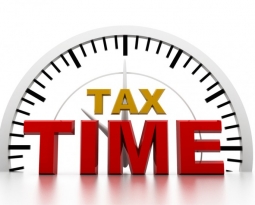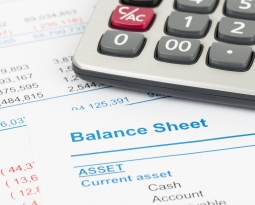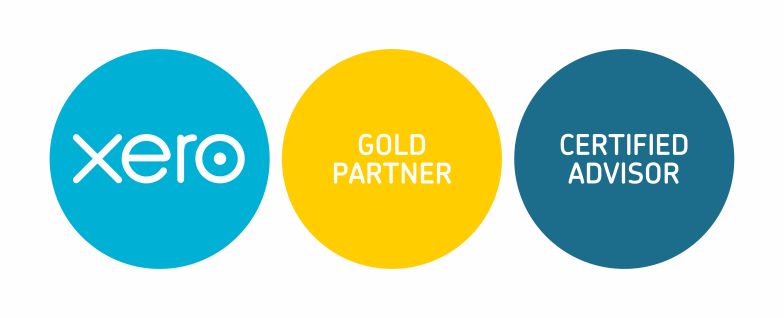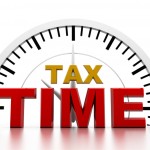
The New $20,000 Asset Write Off for Small Business – Who is eligible and what’s in it for me?
Here is a rundown of who is eligible for the new $20,000 immediate asset write off and how it works for your business.
It is important to note that this bill has received Royal Accent and is now law.
1. Who is eligible?
Any small business which holds a current ABN (Australian Business Number) and has an annual turnover of less than $2 million.
2. What assets are eligible?
Any asset you purchase for business purposes (New or second hand) from 7.30pm on 12th May 2015 to 30 June 2017.
3. What is the threshold for immediate write off?
If your business is registered for GST – You can claim the immediate write off for any purchase where the GST exclusive value is less than $20,000. Alternatively if the asset being purchased has no GST on it (such as a second hand vehicle from a private sale) the deduction applies to purchases under $20,000.
If your business is not registered for GST – Any purchase under $20,000.
4. How does the deduction work?
It is important to understand that the $20,000 is not a physical hand out of cash or a tax rebate of $20,000.
There is no additional tax saving under this measure, it simply brings forward the tax benefit.
Before this measure was introduced any asset purchase over $1,000 would have to be capitalised and depreciated over its useful life. This would mean a depreciation deduction over a number of years until the asset was fully depreciated.
The new law increases the $1,000 threshold to $20,000.
An example of how the measure works is provided below:
Zoe runs a café operation with a turnover of less than $2 million. She decides to purchase a new coffee machine valued at $15,000 (Excluding GST) on 20 June 2015.
| Financial Year | Tax Deduction under old law ($1,000 Threshold) | Tax Benefit under old law (Assume 30% Tax Rate) | Tax Deduction under new law ($20,000 Threshold) | Tax Benefit under new law (Assume 30% Tax Rate) | |
| 2015 FY | $2,250 | $675 | $15,000 | $4,500 | |
| 2016 FY | $3,825 | $1,148 | – | – | |
| 2017 FY | $2,678 | $803 | – | – | |
| 2018 FY | $1,874 | $562 | – | – | |
| 2019 FY | $1,312 | $394 | – | – | |
| 2020 FY | $918 | $276 | – | – | |
| 2021 FY | $643 | $193 | – | – | |
| 2022 FY | $450 | $135 | – | – | |
| 2023 FY | $315 | $95 | – | – | |
| 2024 FY | $735 | $221 | – | – | |
| Total | $15,000 | $4,500 | $15,000 | $4,500 |
5. What happens to assets with a purchase price greater than $20,000?
The ordinary depreciation rules apply to purchases over $20,000. The asset will be capitalised and added to the general depreciation pool which allows for 15% depreciation deduction in the year of purchase and 30% depreciation deduction thereafter.
6. What if I trade in my car for a changeover of under $20,000?
The benefit will not apply.
The $20,000 threshold applies to the purchase price of the new car, not the changeover value.
7. What if the asset being purchased is for both business and private use?
The purchase price needs to be under $20,000.
The tax deductible portion will be the business use percentage only. For vehicles this is calculated using a logbook over a continuous 12 week period logging all trips of the vehicle.
Other types of assets require a 4 week diary showing business vs personal use.









